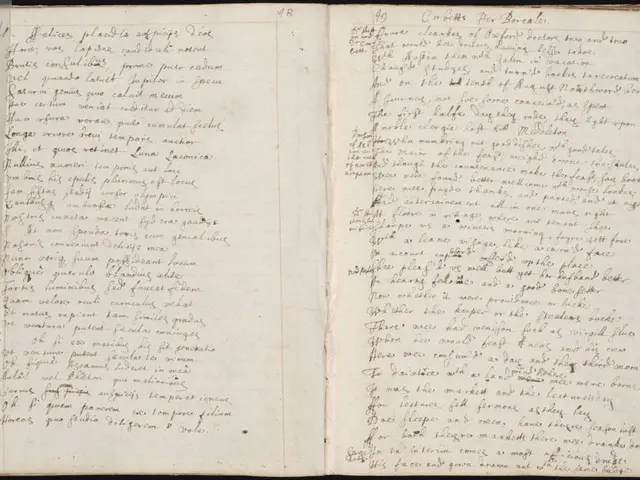Historical Documentation: Census Data Archive
For those delving into family history or genealogy, census records can be a treasure trove of information. Here's a guide on how to make the most of these valuable resources.
Beginning your research with online genealogy databases like Ancestry.com, FamilySearch, and MyHeritage is a good starting point. These platforms collectively offer billions of records, including census data from various years. Enter known details such as full names, birth dates, and locations. If information is incomplete, start with broader searches using surnames or locations and utilize wildcard characters to capture spelling variations. Always check the original images of census records when available for additional notes or details not captured in transcriptions.
Census records themselves are key sources, typically listing household members, ages, occupations, and places of birth. For years when census data may be missing or incomplete, consider alternative or substitute records such as school census records or school registers. These can provide student names, ages, attendance dates, and sometimes parents' names and occupations, helping confirm family groups and dates.
Exploring underutilized and local sources can also be beneficial. Local archives, newspapers, school records, and personal documents like diaries or photographs can fill in gaps, confirm information, or offer new leads. Contacting local archives or accessing digital collections can be very useful for this purpose.
For African American ancestry, census data before 1870 can be sparse or incomplete. Supplement census research with Freedmen’s Bureau records (operational 1865-1872), probate, deed, and account records that may list formerly enslaved ancestors under the owners’ names. The National Archives and special research guides offer access to these valuable resources.
It's important to keep organized records of your research to avoid duplicating efforts and to build a comprehensive picture of your family history.
The National Archives provides a user-friendly platform for census research. You can search censuses by year and ancestor's name, learn about Census Records, and order copies of Census Records. The Census Topic page offers research options for various topics such as Agriculture, Business, Indian Census Rolls, Manufacturing, Mortality, Nonpopulation Censuses, Personnel Overseas, and more.
The most recent year available for the Census is 1950 due to a 72-year restriction on access. The first Federal Population Census was taken in 1790, and most census schedules from 1790 to 1950 have been digitized. The National Archives has digitization partners for census records.
The page also provides options for searching and learning about census records, ordering copies, asking questions, visiting research rooms, and hiring independent researchers. The Ask a Question feature at History Hub's Census Community and the option to visit a NARA Research Room are particularly useful for addressing queries and gaining deeper insights.
The 1950 Census was released on April 1, 2022, offering a wealth of information for family historians. By following a structured approach and utilising both traditional census documents and supplementary records, you can uncover fascinating stories about your family's past.
Pursuing education and self-development in the realm of family history research, exploring alternative records like school census records or school registers can be beneficial when census data is missing or incomplete. Additionally, expanding your research by delving into local archives, newspapers, and personal documents can provide additional insights and confirm family groups and dates.




